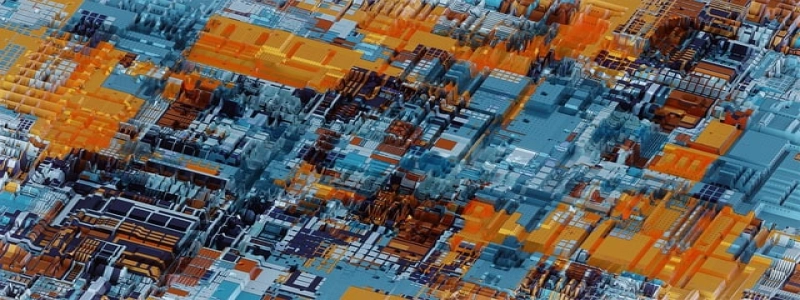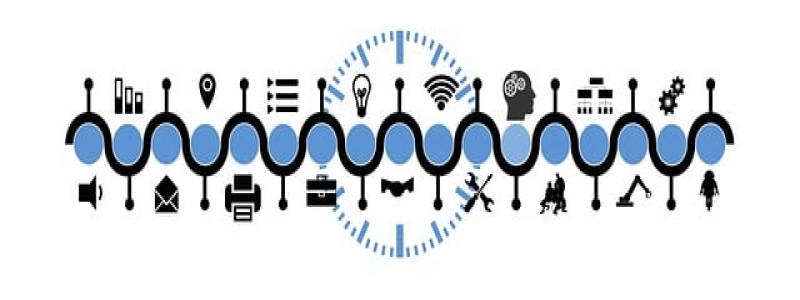What are Transceivers?
Introduction
Transceivers are electronic devices commonly used in telecommunications and computer networks. They play a crucial role in facilitating the transmission and reception of signals over various communication mediums, such as optical fibers, radio frequencies, and Ethernet cables. In this article, we will explore the different types of transceivers and their functionalities in different domains.
I. Definition and Types of Transceivers
A transceiver, also known as a transceiving device, is a combination of a transmitter and a receiver in a single package. It allows for bidirectional communication by enabling the transmission and reception of signals using a shared medium. There are several types of transceivers, including optical transceivers, RF transceivers, Ethernet transceivers, and wireless transceivers.
II. Optical Transceivers
Optical transceivers are widely used in fiber optic networks for long-distance and high-speed data transmission. They convert electrical signals into optical signals that can be transmitted over optical fibers. Optical transceivers are classified into different modules, such as Small Form-Factor Pluggable (SFP), Quad Small Form-Factor Pluggable (QSFP), and Coarse Wavelength Division Multiplexing (CWDM) modules, each accommodating different data rates and transmission distances.
III. RF Transceivers
RF transceivers are essential components in wireless communication systems, including mobile phones, radios, and Wi-Fi devices. These transceivers operate in the radio frequency range, allowing for wireless transmission and reception of signals. They enable devices to communicate with each other over long distances without the need for physical connectors. RF transceivers support different modulation schemes, such as amplitude modulation (AM), frequency modulation (FM), and phase modulation (PM), depending on the application requirements.
IV. Ethernet Transceivers
Ethernet transceivers, also known as media access control (MAC) transceivers, are used in wired Ethernet networks for data transmission. They convert digital data signals into electrical signals that can be transmitted over Ethernet cables. Ethernet transceivers are available in various form factors, such as Small Form-Factor Pluggable (SFP), Gigabit Interface Converter (GBIC), and Quad Small Form-Factor Pluggable (QSFP), to support different transmission speeds, ranging from 10Mbps to 100Gbps.
V. Wireless Transceivers
Wireless transceivers are commonly found in wireless communication systems, such as Bluetooth devices, GPS receivers, and wireless sensor networks. They enable data transmission and reception over the air without the need for physical connections. Wireless transceivers operate in different frequency bands, depending on the specific application. They utilize various modulation techniques, such as Frequency Shift Keying (FSK), Phase Shift Keying (PSK), and Orthogonal Frequency Division Multiplexing (OFDM), to achieve reliable and efficient wireless communication.
Conclusion
Transceivers are versatile devices that facilitate communication in various domains, including telecommunications and computer networks. By combining the functionalities of both a transmitter and a receiver, transceivers allow for bidirectional signal transmission and reception over different media. Whether it is through optical fibers, radio frequencies, Ethernet cables, or wireless connections, transceivers play a vital role in enabling seamless communication in today’s interconnected world.








